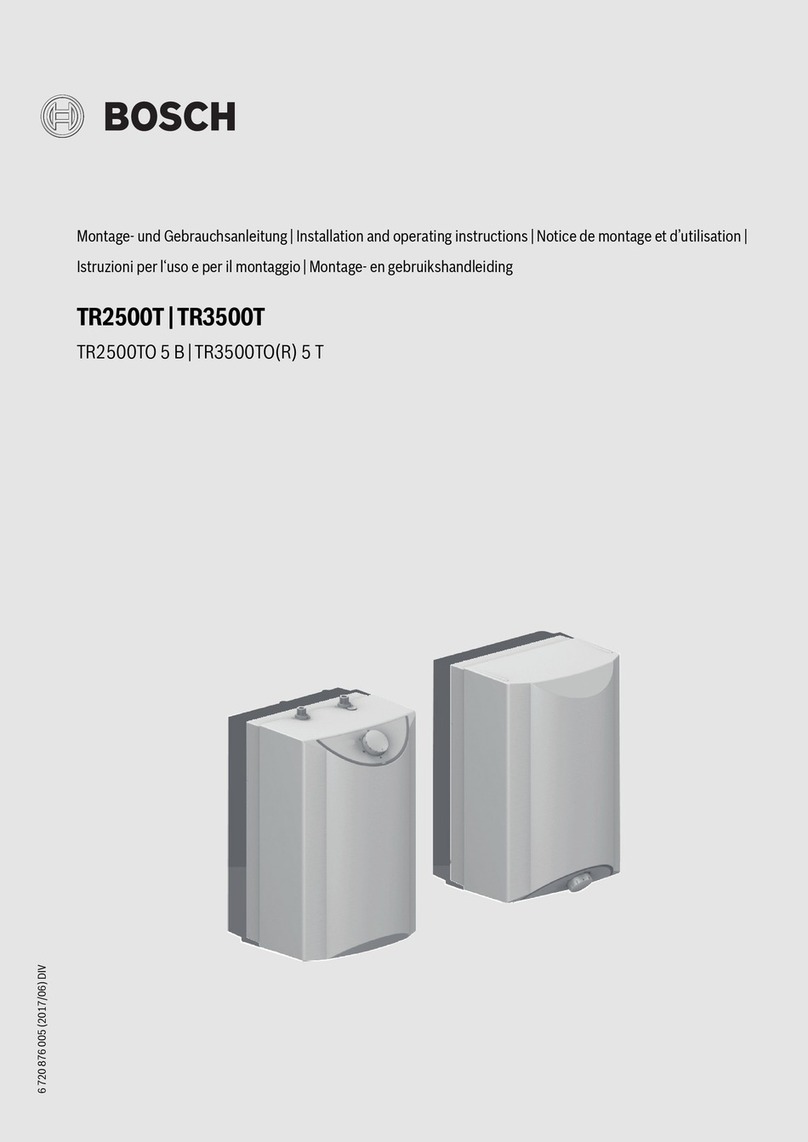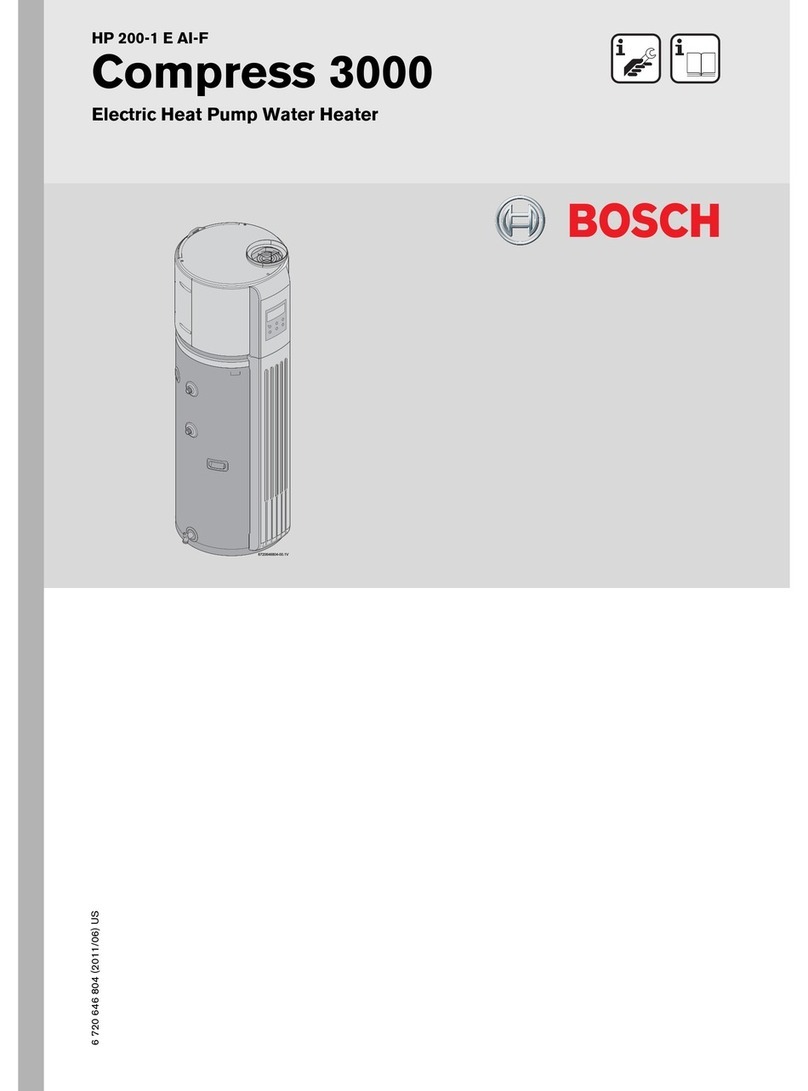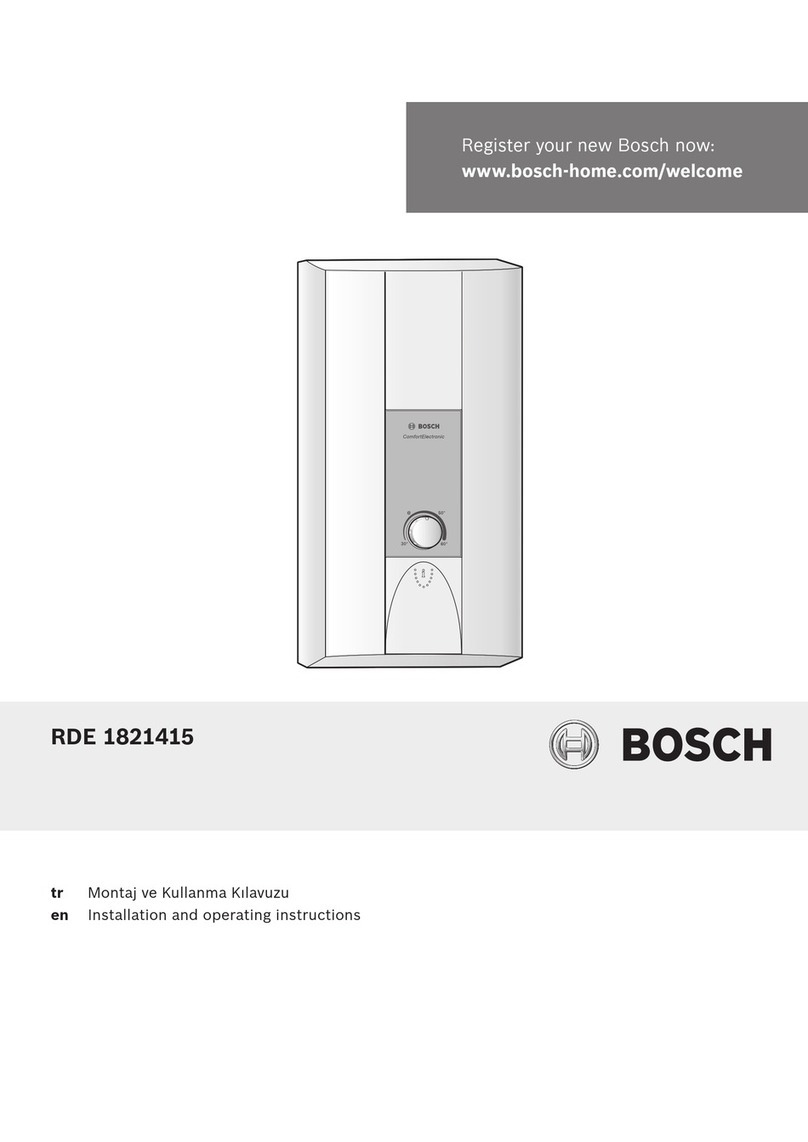Bosch Exxcel 1400 User guide
Other Bosch Water Heater manuals
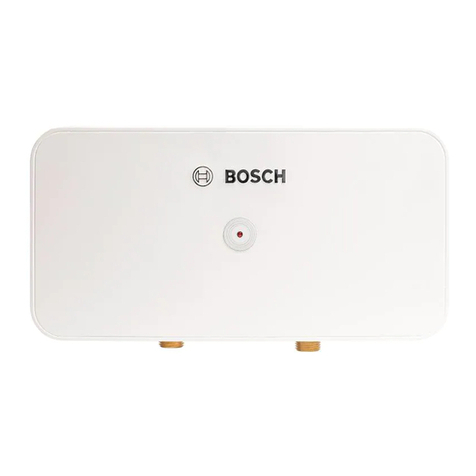
Bosch
Bosch TRONIC 3000 US3-2R Technical Document

Bosch
Bosch GWH 10-2 G Series Technical Document

Bosch
Bosch Gas Water Heaters Instruction Manual

Bosch
Bosch Integra 500 Series Reference manual
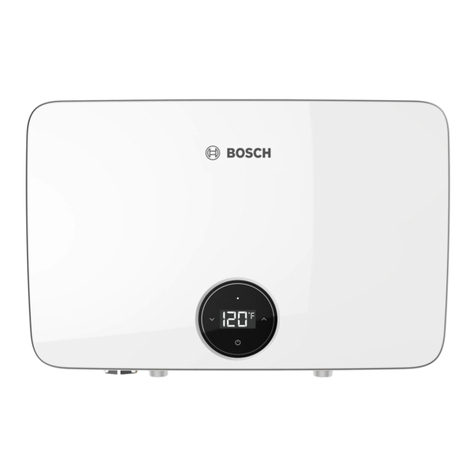
Bosch
Bosch TRONIC 6100 C User manual

Bosch
Bosch SST150-40 User manual

Bosch
Bosch Tronic 1000T ES 035-4 M 0 WIV-B Operating manual
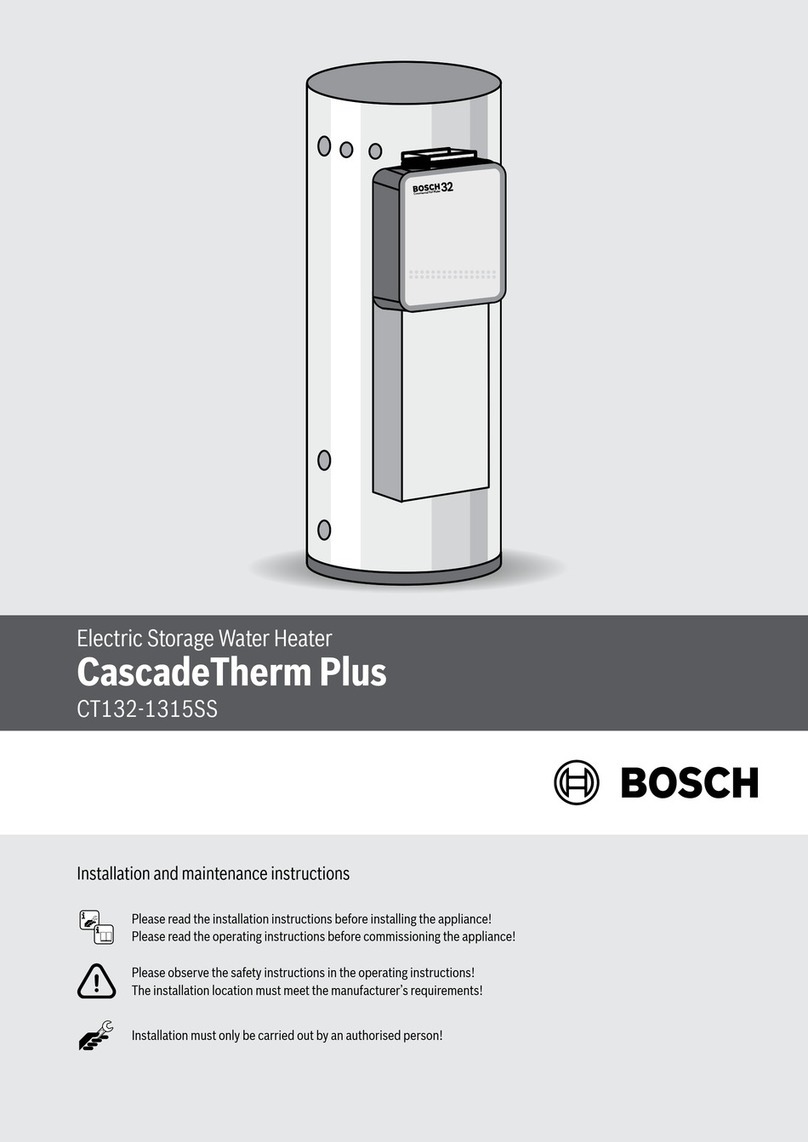
Bosch
Bosch CascadeTherm Plus CT132-1315SS User manual
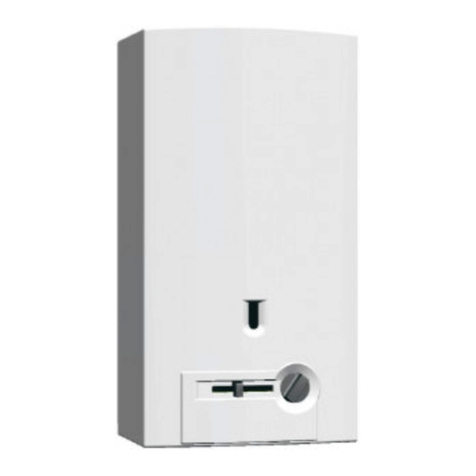
Bosch
Bosch 425HN Reference manual

Bosch
Bosch Pro Tankless GWH-450-ES Series User manual
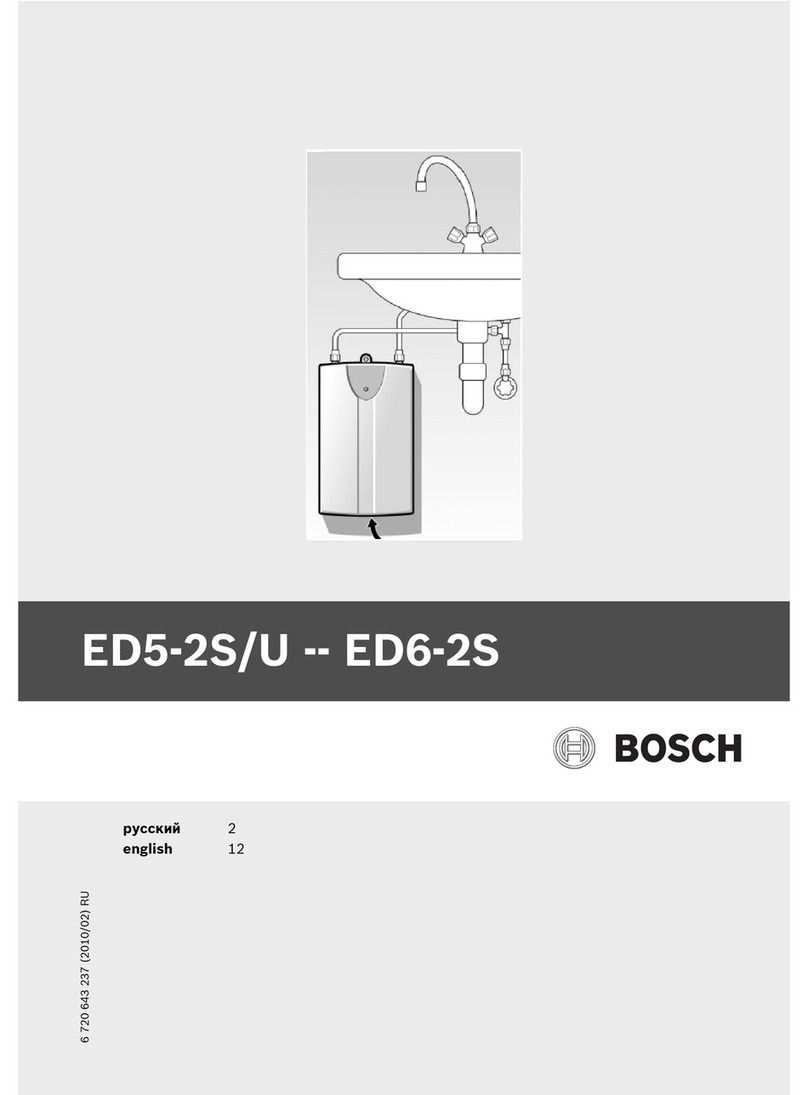
Bosch
Bosch ED5-2S User manual
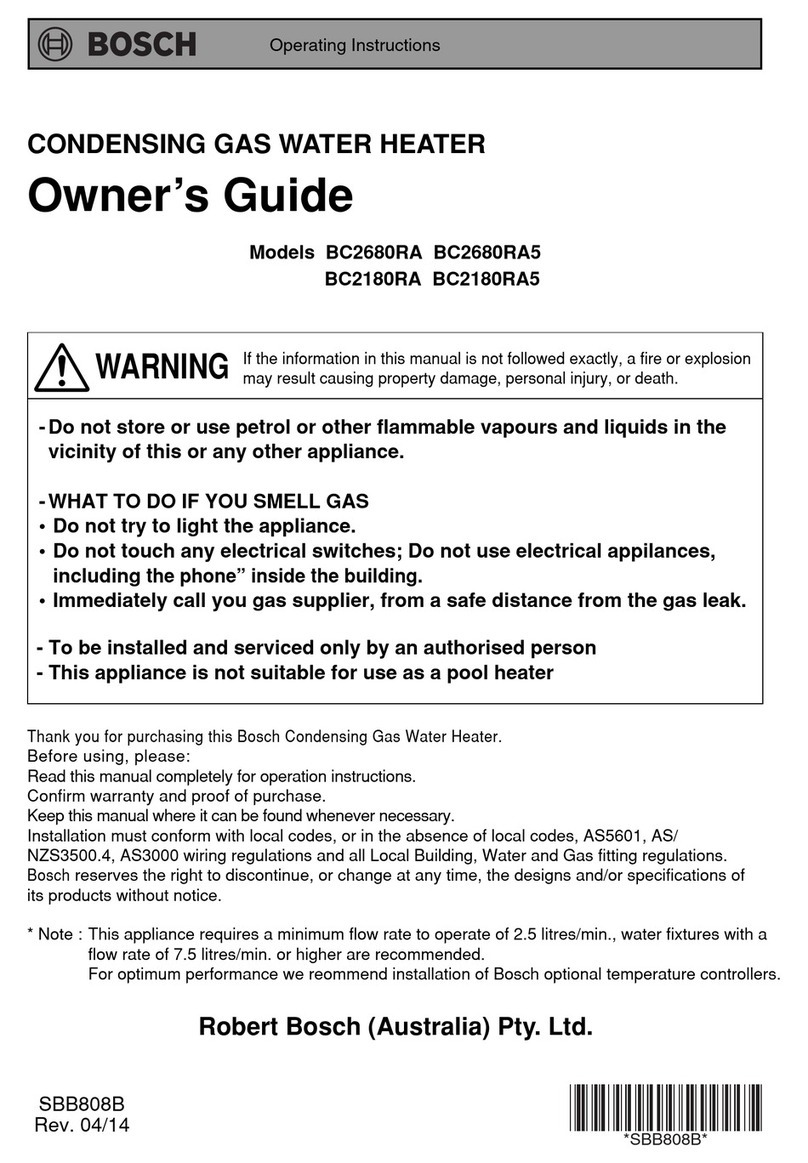
Bosch
Bosch BC2680RA5 User manual
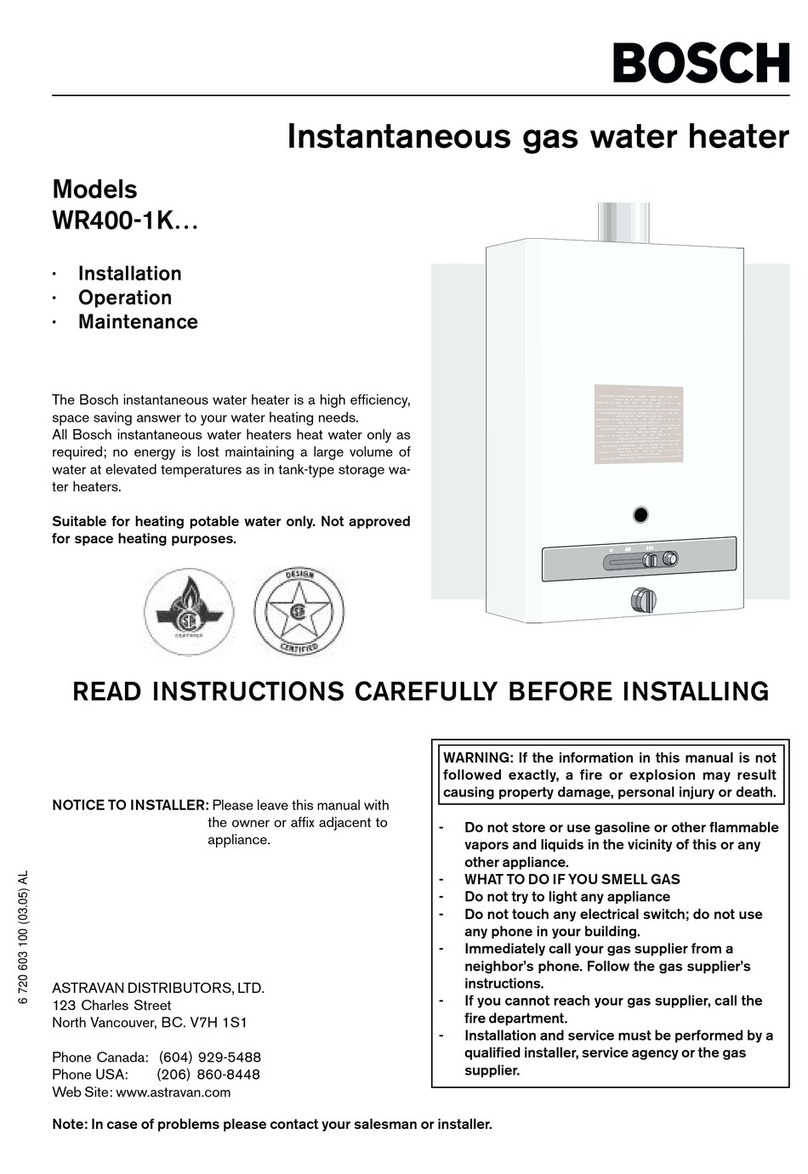
Bosch
Bosch WR400-1K Series Owner's manual

Bosch
Bosch GWH 715 ES Instructions for use
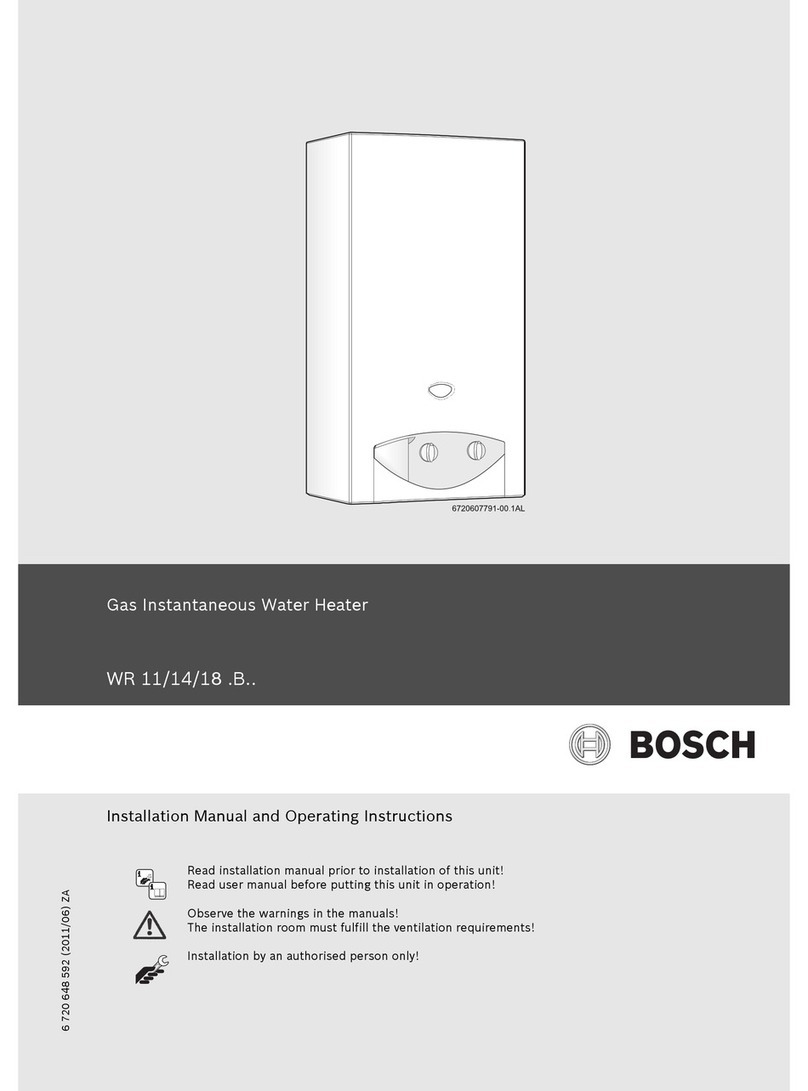
Bosch
Bosch WR11B series Technical Document
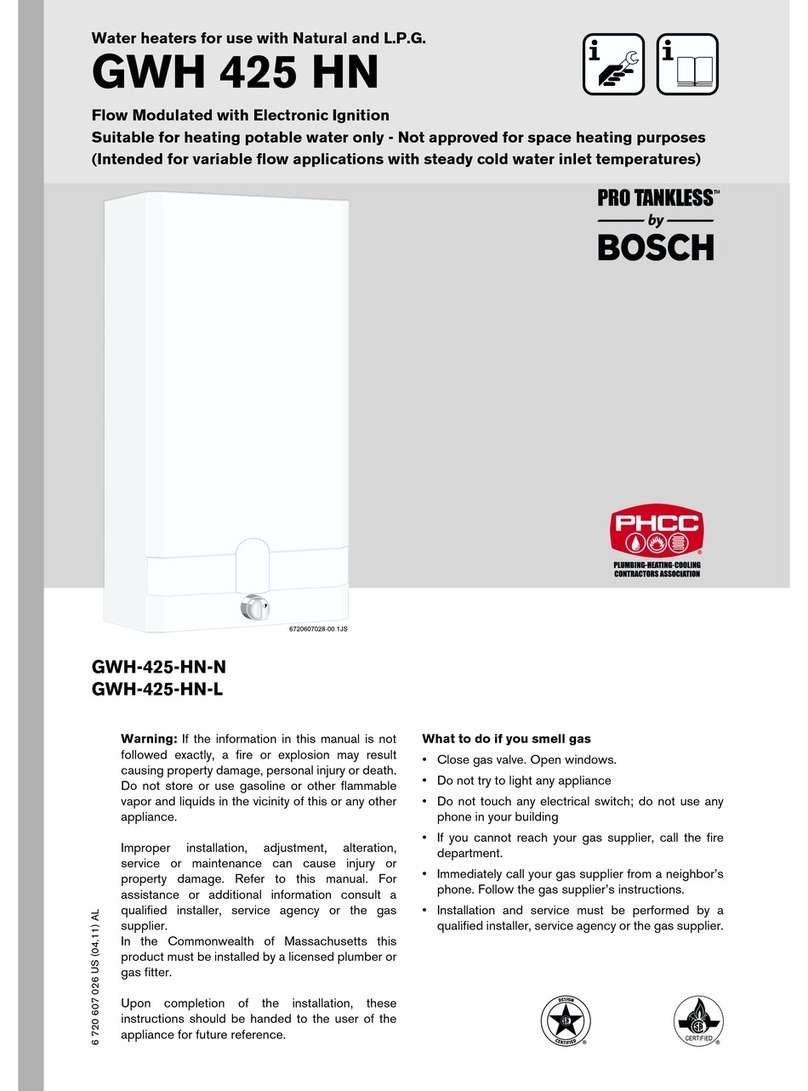
Bosch
Bosch GWH 425 HN User manual

Bosch
Bosch T2400S 8 ND 23 Operating and installation instructions
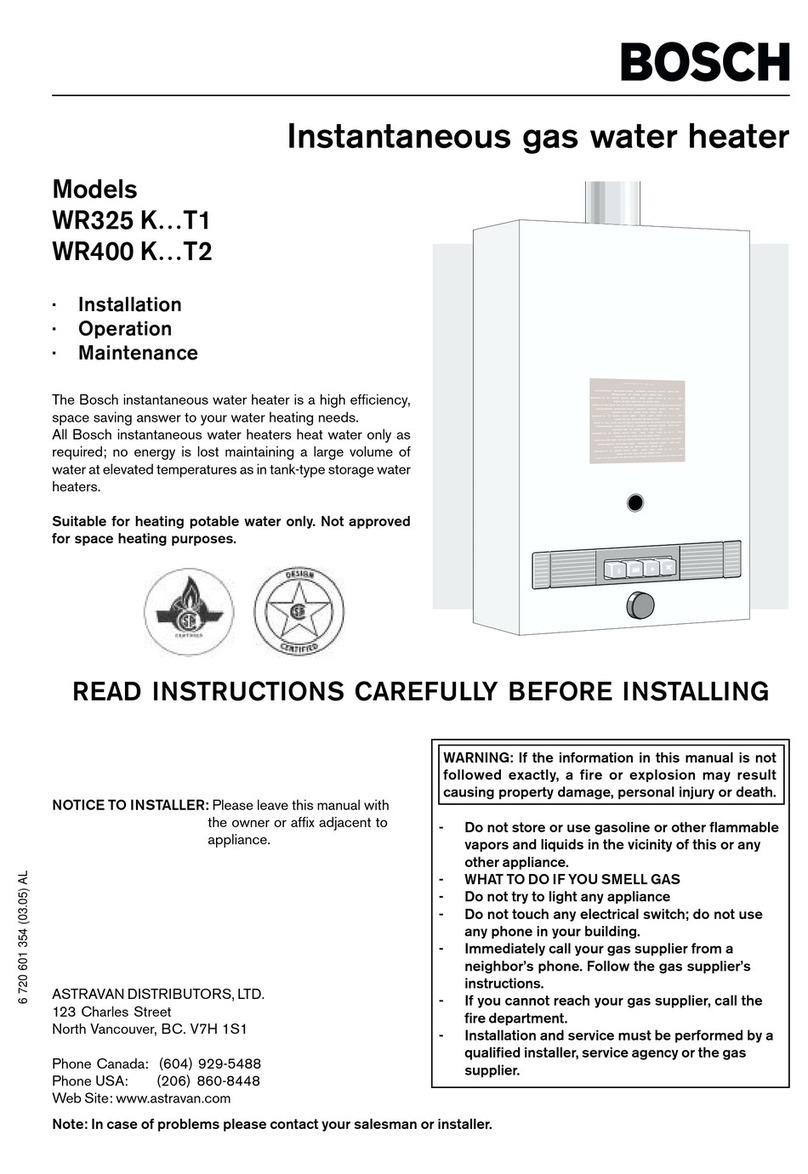
Bosch
Bosch WR400 K T2 Series Owner's manual

Bosch
Bosch 125B LP User manual

Bosch
Bosch TR2500TO User manual
Popular Water Heater manuals by other brands
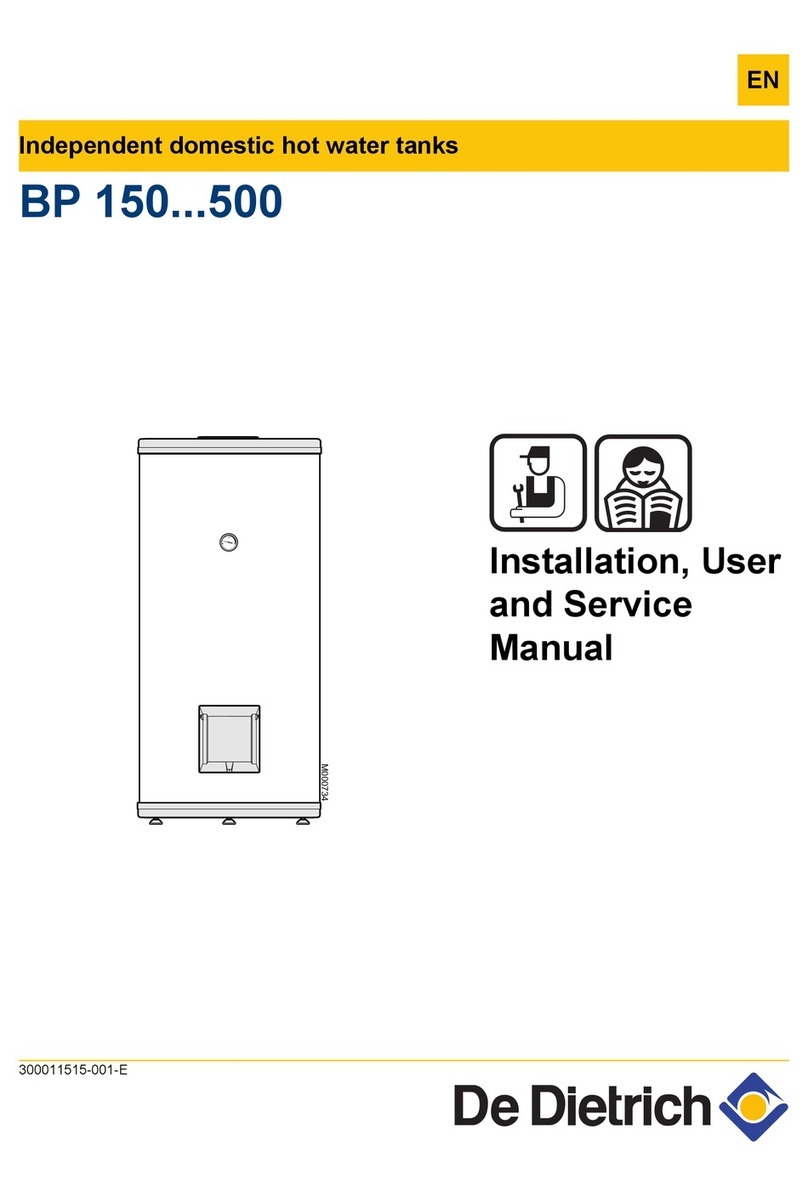
DeDietrich
DeDietrich BP 150 Installation, user and service manual

STIEBEL ELTRON
STIEBEL ELTRON Accelera 300 Operating and installation

Giant
Giant OG32 owner's manual

Noritz
Noritz NCC199CDV installation manual

Amtrol
Amtrol BOILER MATE TD-41Z Installation, operation & maintenance instructions
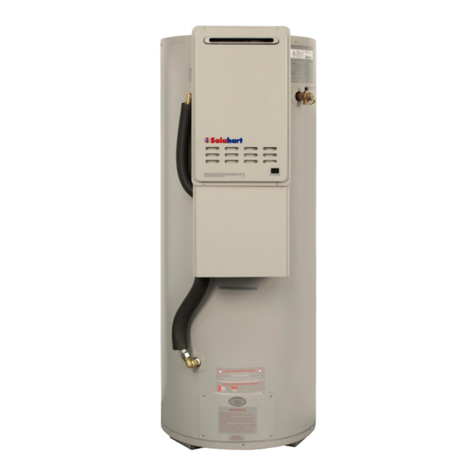
Solahart
Solahart Streamline Electric owner's manual
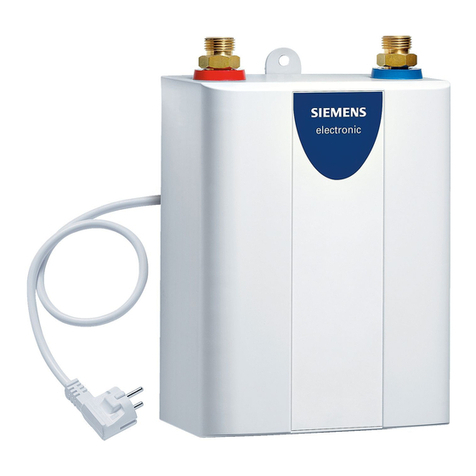
Siemens
Siemens DE04101M Installation and operating instructions

Viessmann
Viessmann VITOCELL 300V Start-up/service instructions

Electrolux
Electrolux EN19WI30LS User and care manual
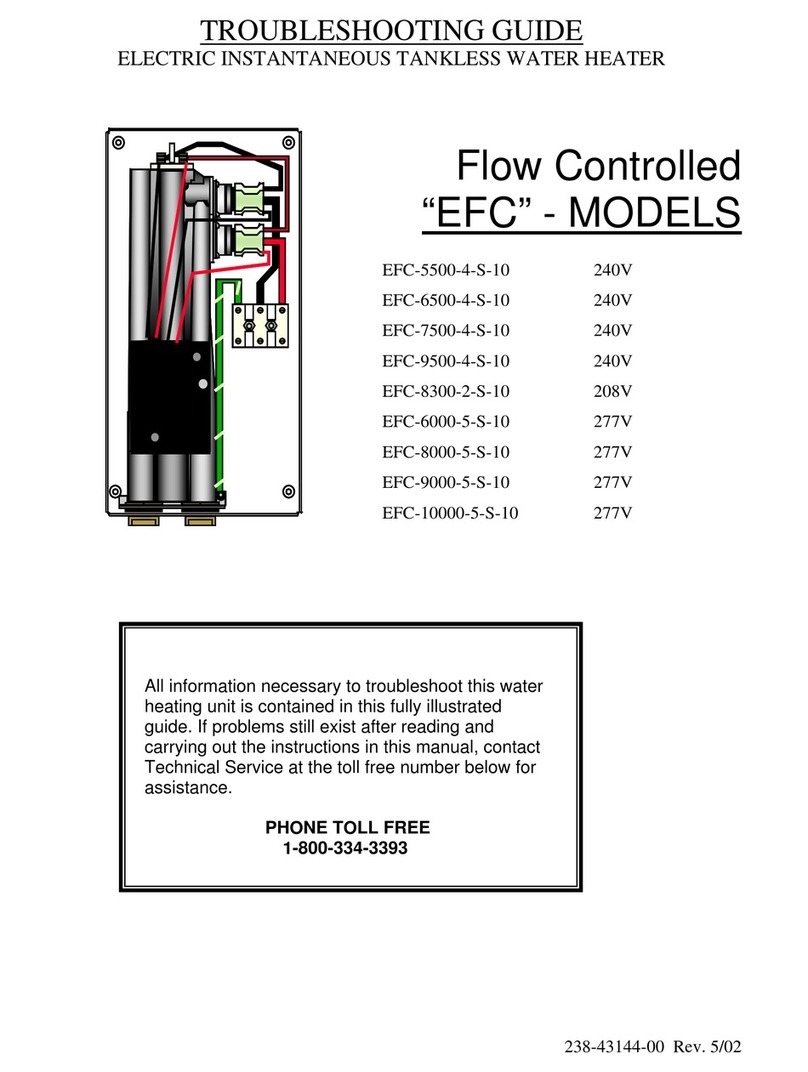
Bradford White
Bradford White EFC-5500-4-S-10 troubleshooting guide

Bradford White
Bradford White BRUTE DELUXE BMT2H Installation and operation instructions
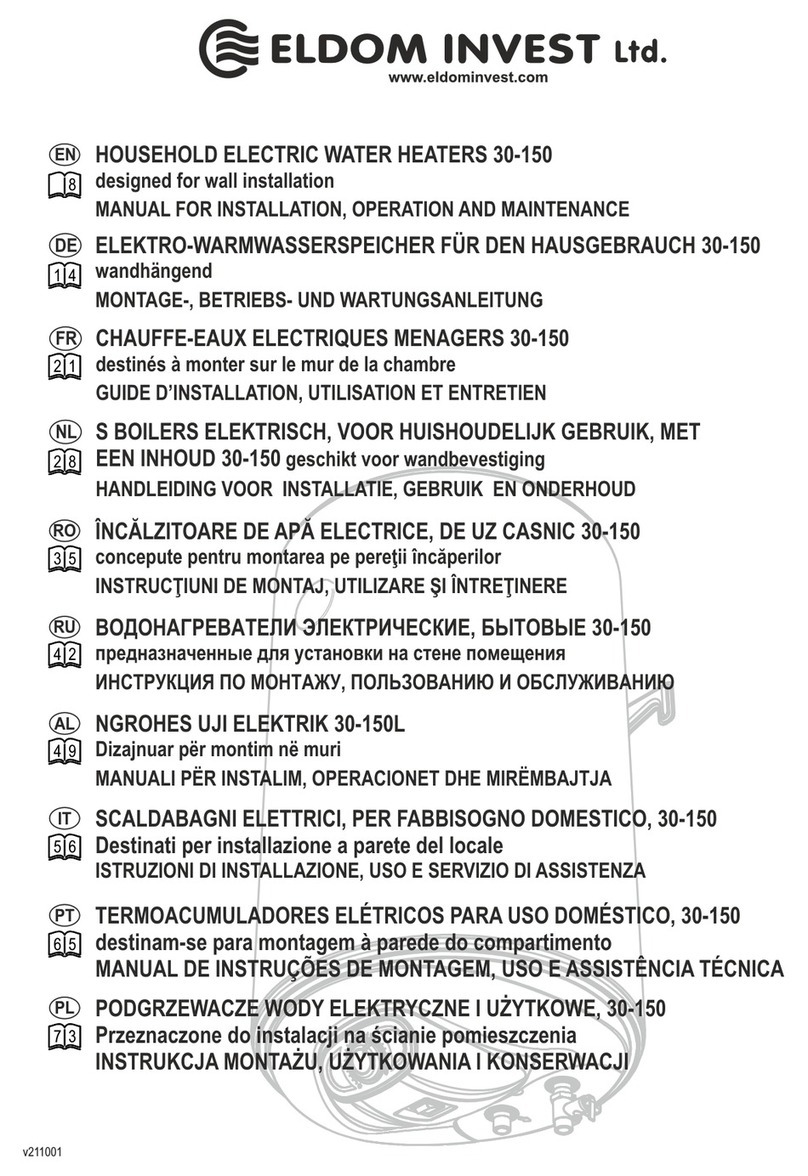
Eldom Invest
Eldom Invest WV03C39 MANUAL FOR INSTALLATION, OPERATION AND MAINTENANCE

Drazice
Drazice OKC 500 NTRR/HP/SOL OPERATING AND INSTALLATION Manual
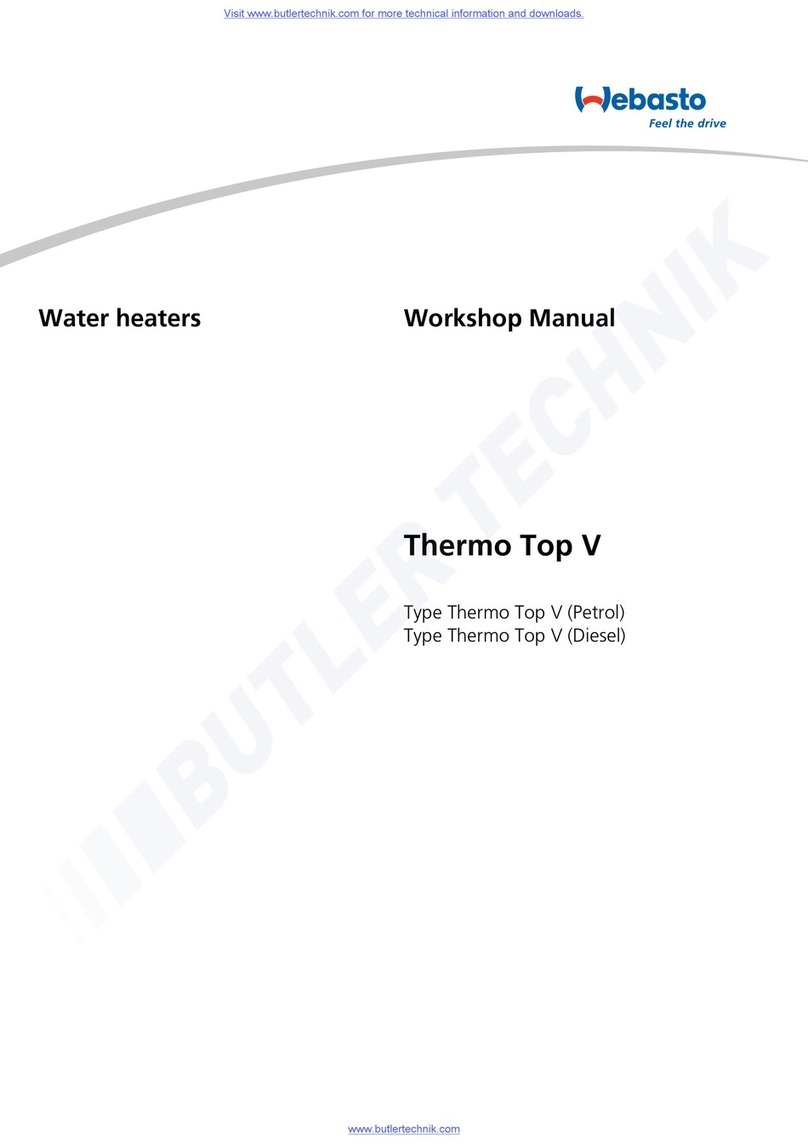
Webasto
Webasto Thermo Top V Workshop manual
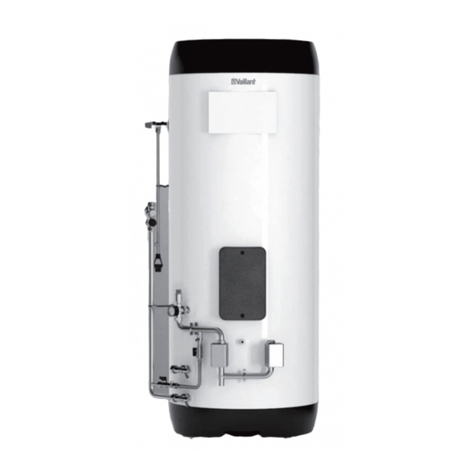
Vaillant
Vaillant uniSTOR VIH GB /3 BES Series Installation and maintenance instructions
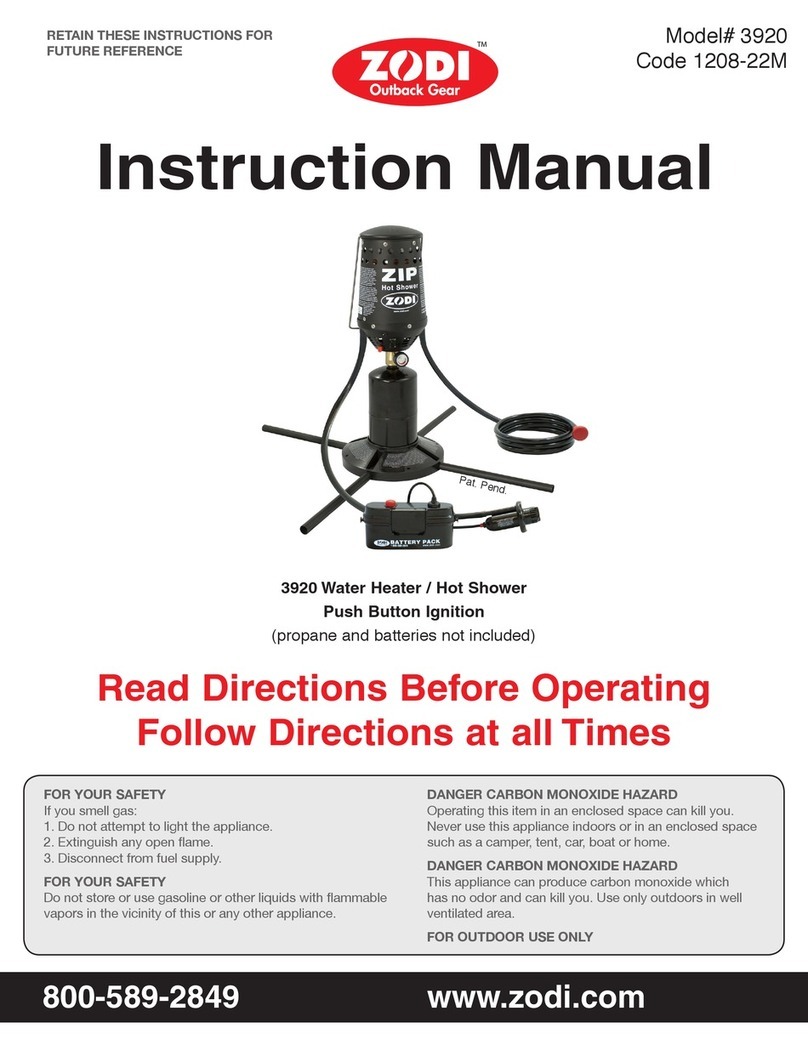
Zodi
Zodi 1208-22M instruction manual

Paloma
Paloma PH-16FSN Operation manual

A.O. Smith
A.O. Smith SGS-28 Installation, user and service manual




